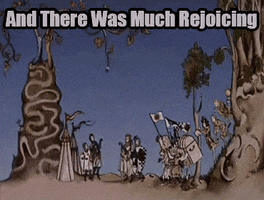I actually couldn't finish the glass I poured. The initial taste is fine, but the after taste is just bad. Like the same bitterness you experience when eating 99% dark chocolate.
My theory is the yeast over-attenuated and there's no sweetness left in the batch at all.
Recipe was this but with WLP-005 instead of the listed yeast.
https://cdn.shopify.com/s/files/1/2...9771891-1526775398667.pdf?3058944553421699209
OG - FG was
1.060 - 1.009
Bit dissapointing. I've just been letting in sit out, even in warm temperatures now since I've all but given up on it. Wondering if age will do it good, but I doubt it.
My theory is the yeast over-attenuated and there's no sweetness left in the batch at all.
Recipe was this but with WLP-005 instead of the listed yeast.
https://cdn.shopify.com/s/files/1/2...9771891-1526775398667.pdf?3058944553421699209
OG - FG was
1.060 - 1.009
Bit dissapointing. I've just been letting in sit out, even in warm temperatures now since I've all but given up on it. Wondering if age will do it good, but I doubt it.
Last edited:






































![Craft A Brew - Safale S-04 Dry Yeast - Fermentis - English Ale Dry Yeast - For English and American Ales and Hard Apple Ciders - Ingredients for Home Brewing - Beer Making Supplies - [1 Pack]](https://m.media-amazon.com/images/I/41fVGNh6JfL._SL500_.jpg)



















